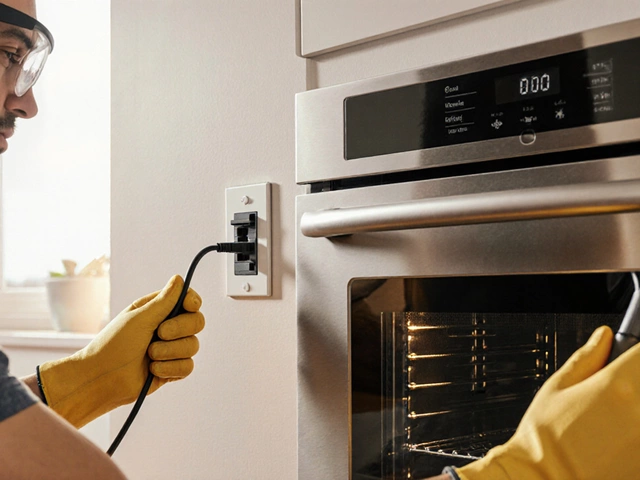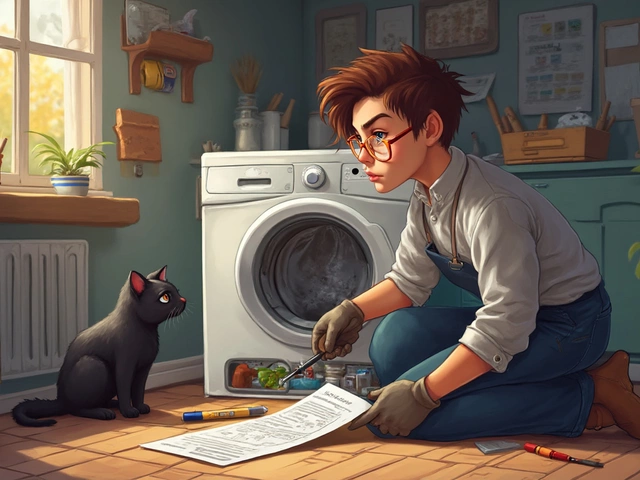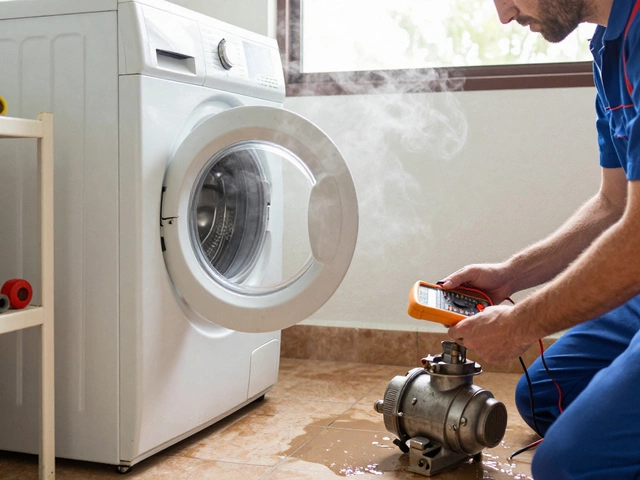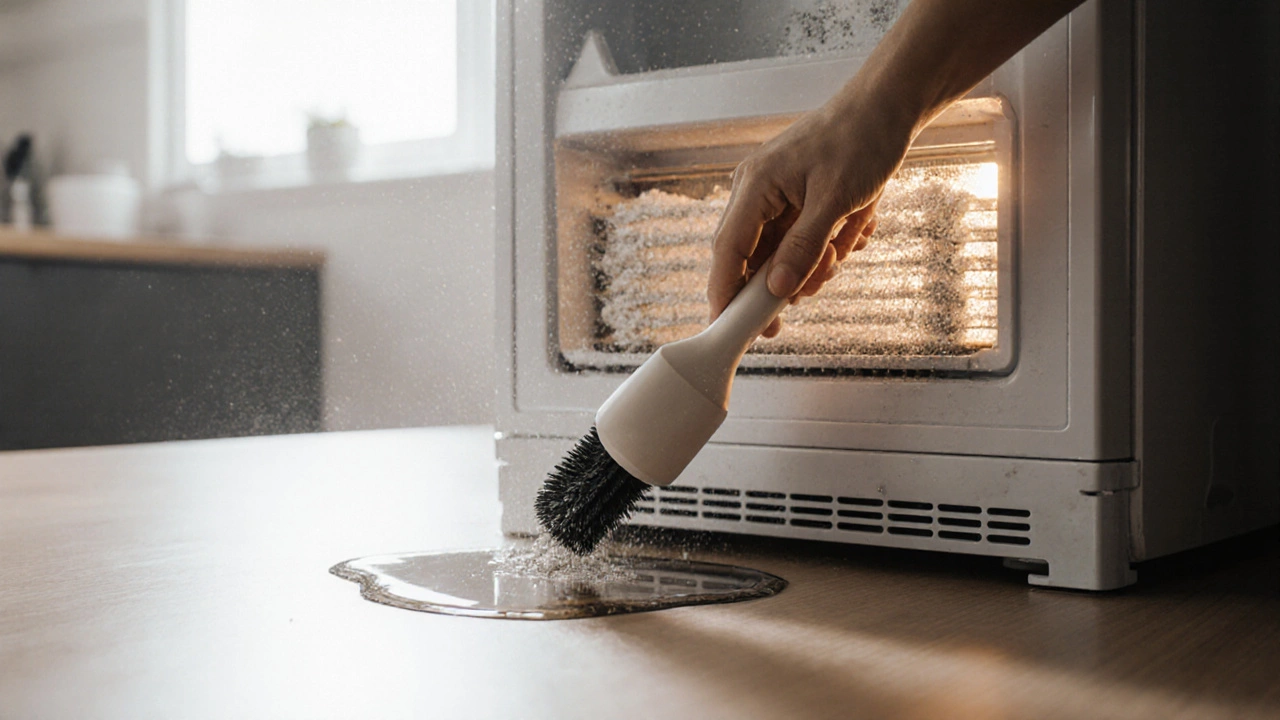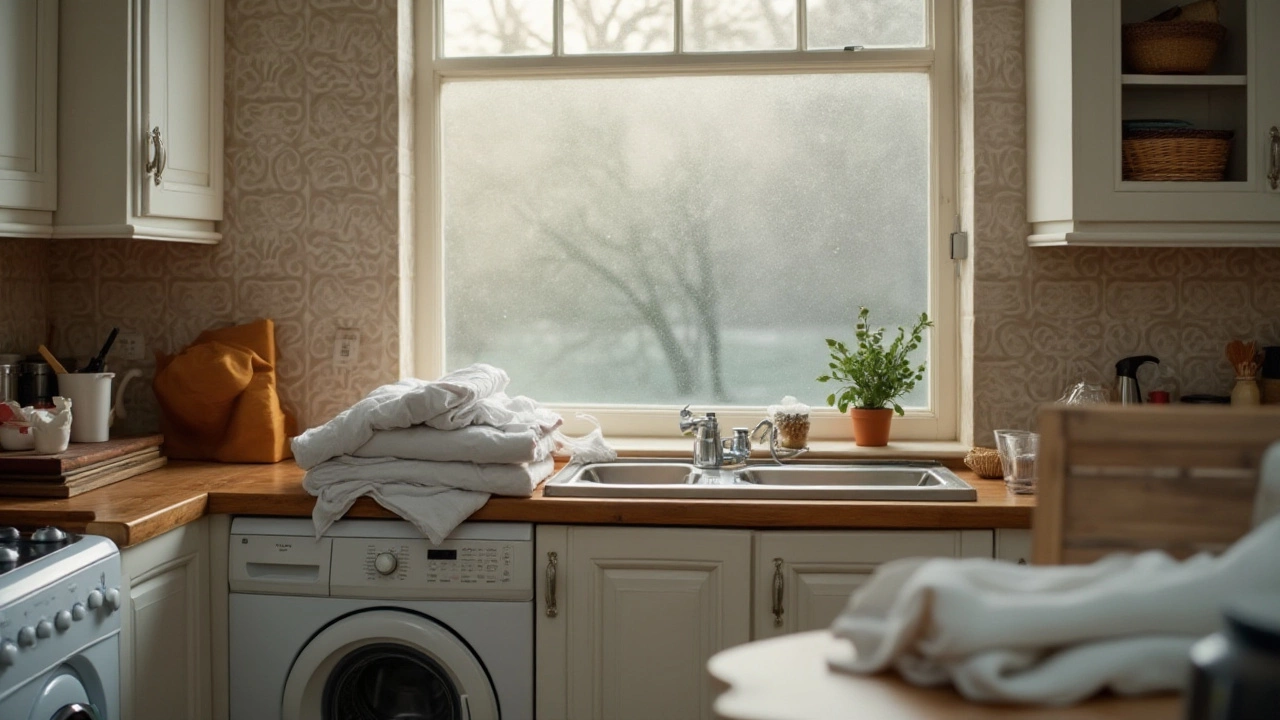Washing Machine Repairs – Common Problems & Simple Fixes
If your washer has stopped spinning, is leaking, or making strange noises, you’re not alone. Most homeowners face a handful of issues that are easy to spot and often cheap to fix. Below we break down the top reasons a washing machine quits on you and give you step‑by‑step actions you can try before calling a pro.
Top Reasons Your Washer Stops Working
1. Unbalanced loads – Packing too many heavy items or just a single bulky piece can throw the drum off centre. The machine senses the imbalance and shuts down to protect itself. Solution: spread the clothes evenly, add a few lighter items, and restart.
2. Clogged pump or filter – Small objects like socks, hair, or lint can block the pump, causing water to stay inside or make a whining sound. Most machines have a filter behind a small door at the front bottom. Open it, place a shallow tray underneath, and remove any debris.
3. Faulty door lock – If the door doesn’t latch properly, the washer won’t start. Check the latch for obvious damage, clean any gunk, and listen for a click when you close it. A loose latch may need a simple screw tighten; a broken lock will need replacement.
4. Drain hose issues – A kinked or clogged hose prevents water from exiting. Pull the hose out, straighten any bends, and run a garden hose through it to clear blockages.
5. Electrical problems – Tripped circuit breakers or blown fuses can cut power. Reset the breaker, check the plug, and make sure the outlet works with another appliance.
DIY Fixes You Can Try Today
Start with the easy stuff. Unplug the machine, give it a minute, then plug it back in – a quick reset often clears error codes.
Next, run a cleaning cycle with hot water and a cup of white vinegar. This removes soap scum that can clog the pump and improves performance.
If you hear a buzzing noise during the spin cycle, the belt might be worn. Locate the motor cover (usually at the back), remove the belt, and inspect it. A cracked or frayed belt should be replaced – they’re inexpensive and many retailers stock universal sizes.
For leaks, examine the water inlet hoses and the rubber door seal. Tighten any loose connections and replace cracked seals. A worn seal often leaves a trail of water on the floor but is a cheap swap.
When error codes flash on the display, consult the user manual. Most codes point to specific issues like “E23 – drain pump problem” or “F01 – door lock error.” Knowing the code saves you time hunting for the cause.
If none of these steps solve the problem, it’s time to call a professional. Our Rugby team can diagnose tougher issues such as motor failure, electronic board faults, or drum bearing wear. We’ll give you a clear quote before any work starts, so you know exactly what you’re paying for.
Keeping your washing machine happy isn’t rocket science – regular cleaning, balanced loads, and prompt attention to leaks go a long way. Use the tips above the next time something goes wrong, and you’ll likely get your washer back in shape without a big bill.
